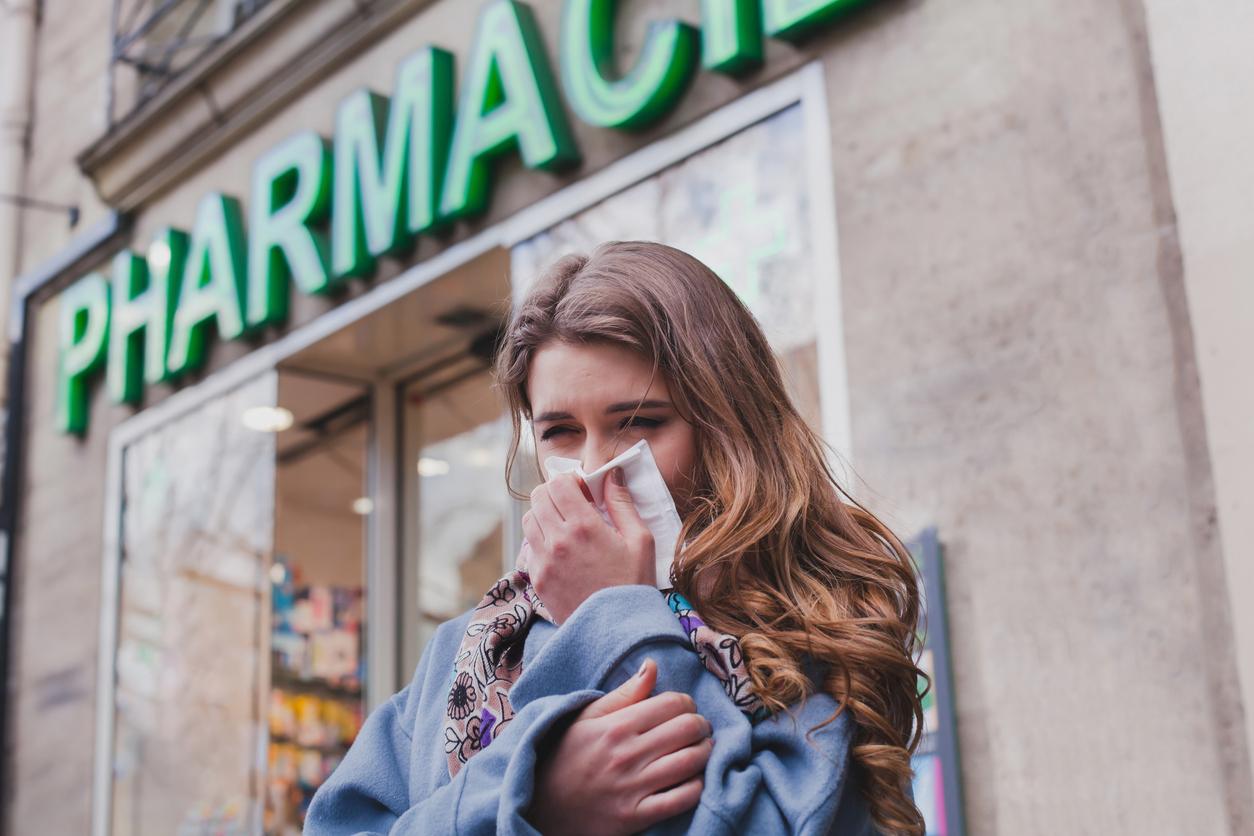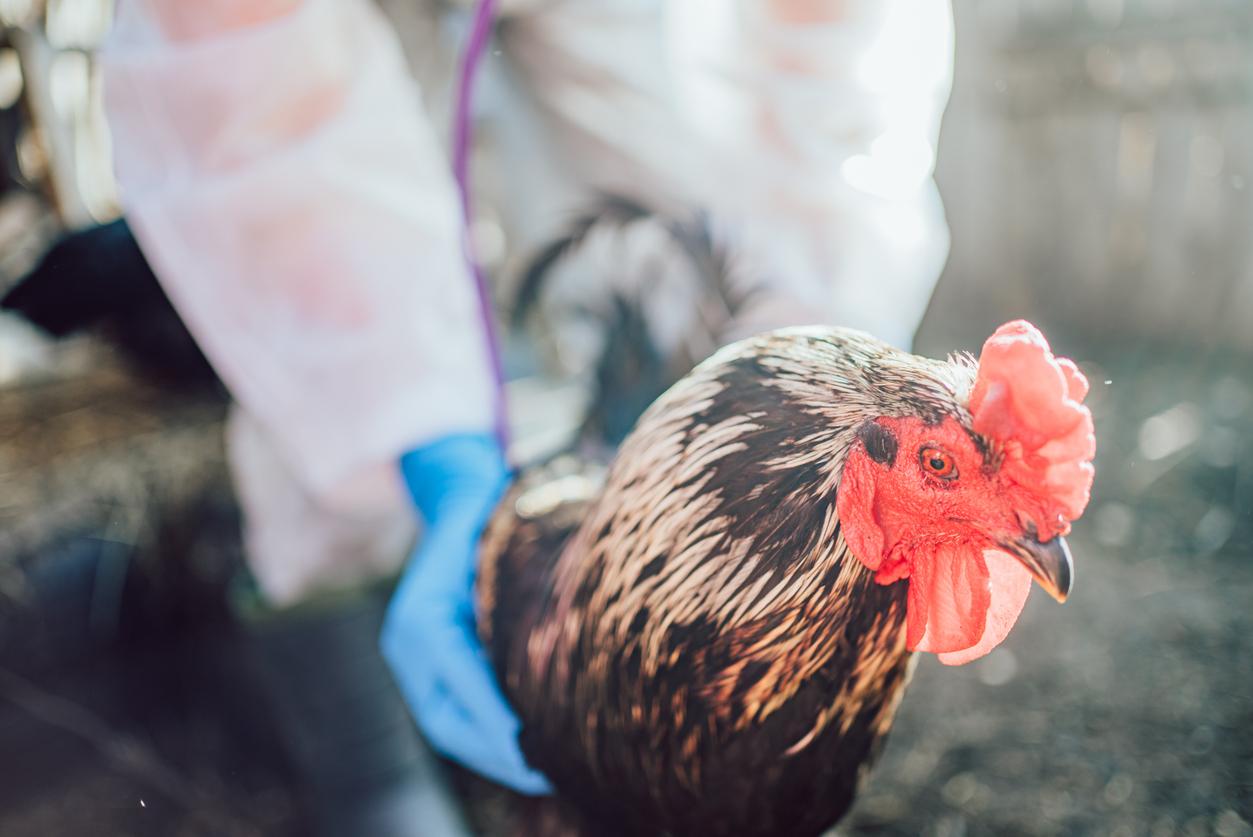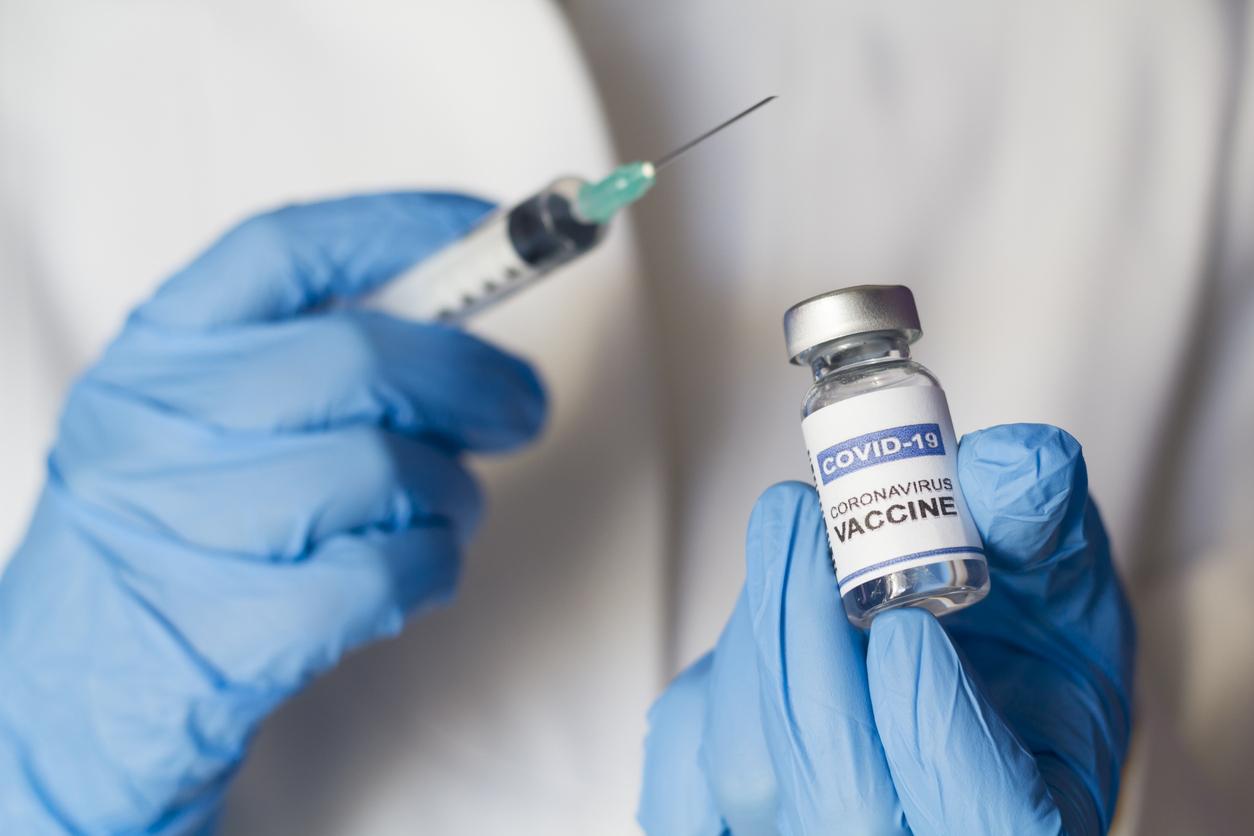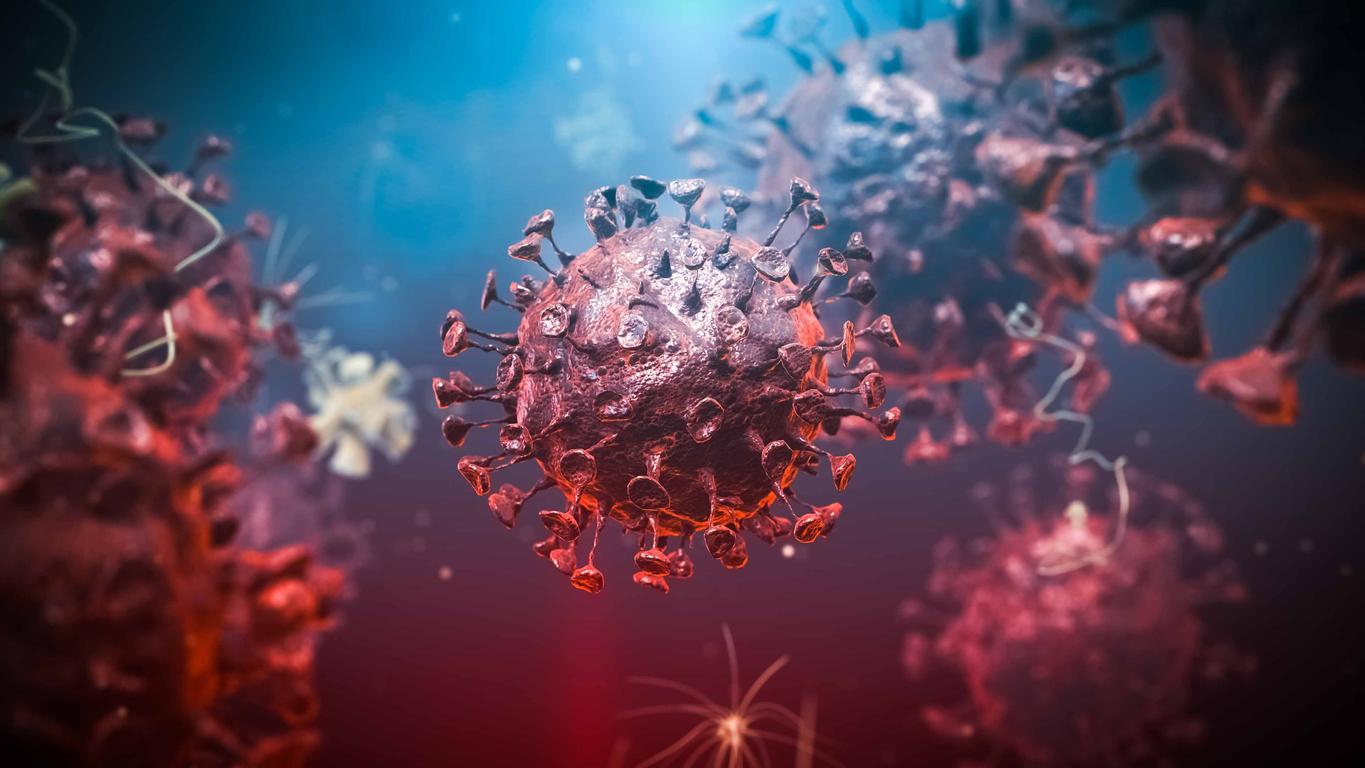The various epidemiological indicators are on the decline, but several points of vigilance remain.

The epidemic seems to be receding in France. In his June 3 update, Public Health France indicates that most of the numbers are down. The number of new cases detected each day has been declining for the past seven weeks, reaching an average of 8,700 new cases per day. The incidence rate, ie the number of people infected per 100,000 inhabitants, and the positivity rate also fall.
Towards a reduction in the pressure on hospitals?
In hospitals, the effects of the drop in contamination are starting to be felt. 2,837 people are hospitalized in intensive care, against 6,000 at the end of April. According to Public Health France, the current figures are similar to those of mid-May 2020, at the time of the first deconfinement. In total, 16,146 people are hospitalized because of Covid-19 in France. According to figures as of Friday, June 4, there have been 81 coronavirus-related deaths in the past 24 hours.
A worrying situation in New Aquitaine
While these various indicators are a source of optimism, one region is an exception: Nouvelle-Aquitaine. In this area, the incidence rate reaches 71.8 cases per 100,000 inhabitants. For two weeks, the figures have been on the rise, more marked in certain departments including the Pyrénées-Atlantique, where the incidence rate increased by 29.2 points last week.
The situation seems to have stabilized since. “The circulation of the virus is relatively stable, but the indicators remain at a high level in Nouvelle-Aquitaine, specifies the ARS in a communicated published June 4. Vigilance is always required, given the gradual reduction in measures and the risk of loosening this could entail, which could ultimately worsen the situation.“
A “terrace effect” a priori absent
This was one of the fears related to deconfinement: an increase in contamination caused by the easing of restrictions, in particular the reopening of terraces. On May 19, bars and restaurants were once again able to set up tables outside, respecting a strict health protocol. The next day, images of crowded places in Bordeaux, Rennes or Paris with the air of gigantic festival circulated and raised fears of the formation of new clusters. In reality, the terraces have remained quiet since, and more than two weeks after reopening, they do not seem to be associated with an increase in contamination.
For now, epidemiologists seem more worried about the opening of dining rooms from June 9. “The real fight will be when restaurants open indoors and when efficient ventilation systems have to be put in place.“, Antoine Flahault, director of the Institute for Global Health at the University of Geneva, told LCI last May. Another factor of concern to the scientific community: the Indian variant. Across the Channel, it now represents 50% of cases, with greater transmissibility than that of the English variant.

.
















